Skybound
Well-Known Member
Thanks JJ, +REPs for that one. Not gonna read it just yet, but definitely will add it to the secret library!
How To Use Progressive Web App aka PWA On 420 Magazine Forum
Note: This feature may not be available in some browsers.



 this Sunday at 9:00 PM PST
this Sunday at 9:00 PM PST
Something I'm just about to watch after I post this reply:
Jeff Lowenfels Soil Food Web Lecture - YouTube
 & Blessings!
& Blessings!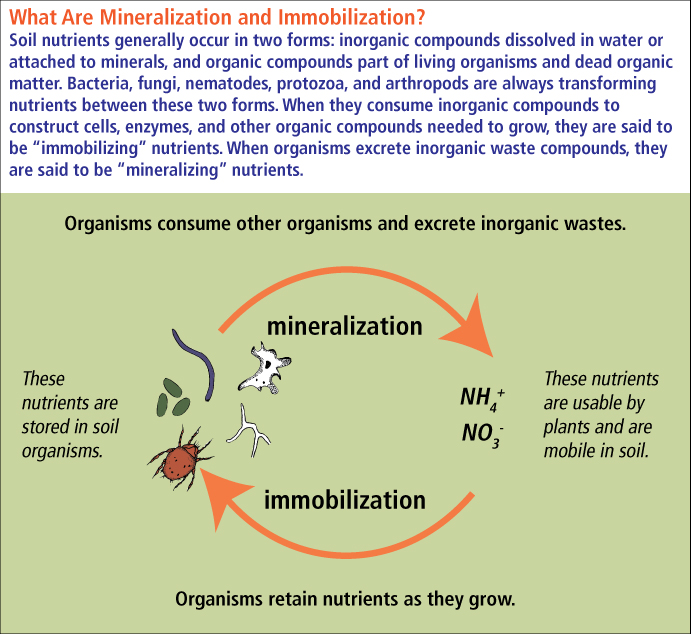
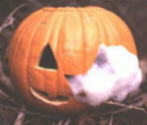
| 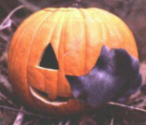
| 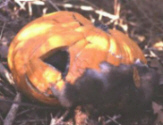
| 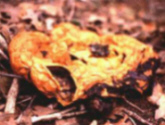
|


| Microbial Group | No./Gram of soil |
| Bacteria | 100,000,000 - 1,000,000,000 |
| Fungi | 100,000 - 1,000,000 |
| Algae and Cyanobacteria | 1000 - 1,000,000 |
| Protozoa | 1000 - 100,000 |
| Microbial Group | Wet wt. (lbs/ac) | Lbs/1000'sq ft.** |
| Bacteria | 300-3,000 | 12 |
| Actinomycetes | 300-3,000 | 17 |
| Fungi | 500-5,000 | 35 |
| Protozoa | 50-200 | 8 |
| Algae | 10-1,500 | 3 |


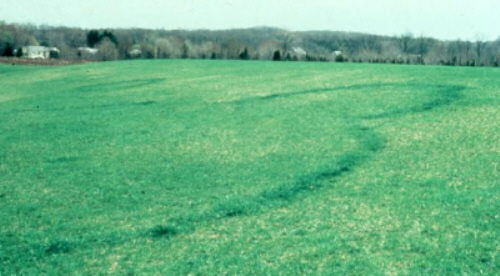
| This is an excellent question because an understanding of what it takes to support the growth and activity of soil microbes enables one to make decisions about soil management. In general, microbes need what all living things need to prosper: air (oxygen), water, food and a suitable habitat to live in (Table 3.). |
|



|
|
|